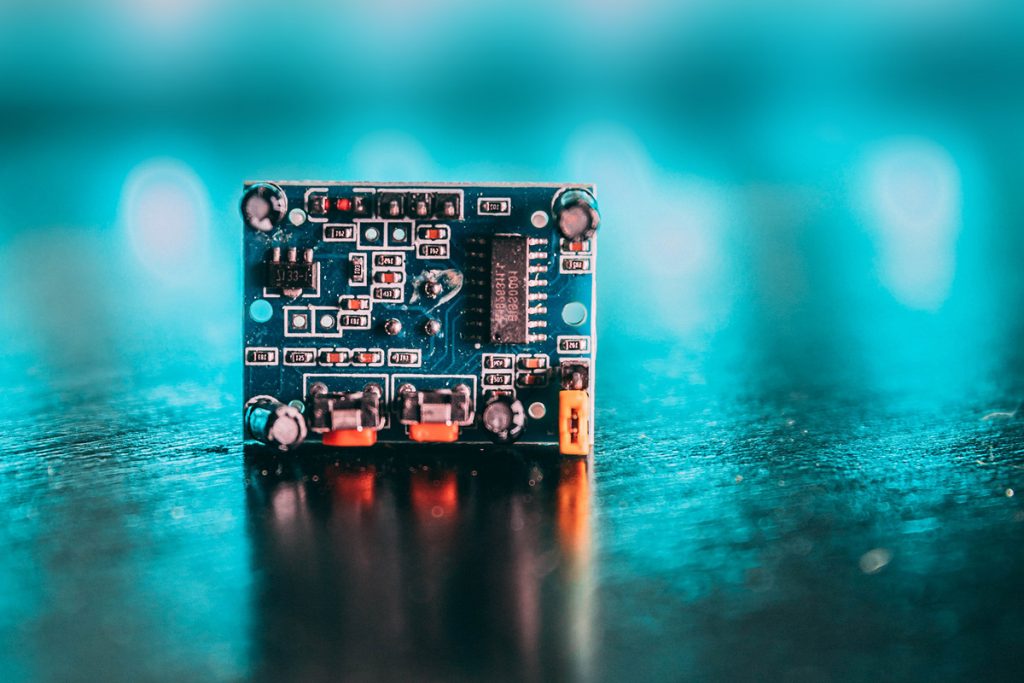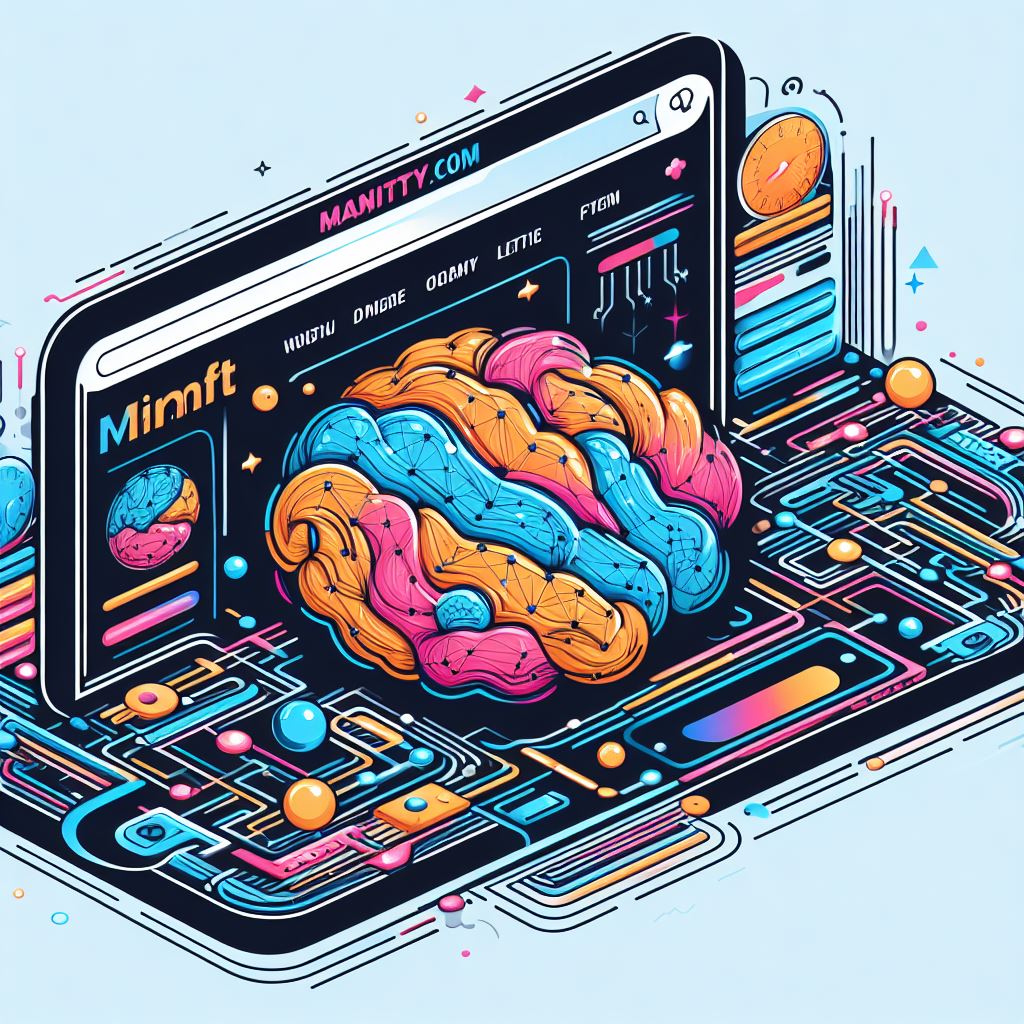
Neuroscience is an enthralling field that delves into the intricacies of the human brain, seeking answers to its dynamic nature. Recent technological advancements have paved the way for new avenues of exploration, with telemetry systems emerging as indispensable tools in unraveling these mysteries. In this article, we embark on a journey into the realm of neuroscience research and discover how telemetry systems are reshaping our understanding of the brain.
Understanding Telemetry
Telemetry involves the continuous monitoring and recording of electrical brain activity (EEG) and other physiological parameters in individuals with disorders. This data is essential for identifying effects of drugs, seizure patterns, triggers, and understanding the underlying neurological mechanisms.
To select the right telemetry system for your research, consider the following factors:
Scalability and Flexibility: Scientific research often involves long-term monitoring and multiple subjects. Our telemetry systems can be easily scaled to accommodate your research needs, allowing for simultaneous monitoring of multiple subjects without interferences.
Data Quality and Resolution: High-quality EEG data, with a high sampling rate and low noise, is essential for accurate analysis. We ensure that the telemetry system you choose offers the necessary data fidelity for your research objectives and the best data sets available.
Wireless Technology: Our systems provide reliable long-range wireless connectivity, minimizing disruption to subjects’ normal activities and enabling monitoring in real-world environments.
Implantable vs. Non-Implantable: Consider the level of invasiveness required. Implantable systems offer long-term monitoring with excellent signal quality but require surgical procedures. Non-implantable systems are less invasive and easier to set up but have limitations regarding long-term use.
Battery Life and Power Management: For long-term studies, battery life and power management are critical. Our low power consumption devices come with rechargeable batteries, extending monitoring duration up to 28 days continuously.
Data Storage and Analysis: Ensure the telemetry system handles data storage and analysis efficiently, making it compatible with statistical analysis software and offering convenient data retrieval and storage options.
Compatibility with Animal Models: If your research involves specific animal models, ensure the telemetry system is compatible with the species and size of the animals you are studying.
Research Budget: Balance between features and capabilities needed for your research while meeting your budget requirements.
Support and Training: Access to comprehensive customer support and training resources can be invaluable for successful implementation and troubleshooting.
Revolutionizing Neuroscience Research
Telemetry systems have transformed neuroscience research by enabling the collection of continuous, real-time data on brain activity from freely moving subjects. This capability has empowered researchers to study the brain in unprecedented ways, offering fresh insights into its dynamic nature and responses to various stimuli.
Real-World Insights
Telemetry systems are instrumental in studying individuals with Parkinson’s disease as they navigate daily life, improving our understanding of its impact on brain activity. Similarly, telemetry systems aid in exploring the brains of monkeys during social interactions, shedding light on the neural basis of social behavior.
Breaking Free from Lab Constraints
Telemetry systems excel in facilitating research in real-world settings, particularly for studying disorders challenging to replicate in controlled environments, such as autism spectrum disorder and schizophrenia. For instance, researchers at Stanford University School of Medicine use telemetry systems to study children with autism spectrum disorder during play, offering vital insights into how the disorder affects brain development.
Animal Models and Beyond
Telemetry systems are invaluable for studying animal models of human diseases, contributing significantly to the development of treatments for various neurological disorders.
Unshackling the Brain
Telemetry systems have revolutionized brain research, replacing cumbersome wired connections with a plethora of benefits, reducing stress for research subjects.
In the ever-evolving field of neuroscience, telemetry systems serve as beacons of progress, illuminating the uncharted territories of the brain. Through continuous research and innovation, our aim is to unlock the brain’s mysteries, paving the way for groundbreaking discoveries that will improve the lives of countless individuals affected by neurological disorders.
A Brighter Future Through Telemetry
As we unshackle the brain from wires and delve deeper into its complexities, telemetry systems continue to shape the future of neuroscience. These systems are more than tools; they are gateways to understanding, compassion, and hope. Through our unwavering commitment to research and innovation, we strive to illuminate the darkest corners of the brain, bringing light and progress to the field and offering a brighter future for those facing neurological challenges.
Resources
- This has allowed researchers to study the brain in a way that was never before possible, leading to new insights into its dynamic nature and how it responds to various stimuli…
- This research is helping researchers to better understand how the disease affects brain activity and to develop new treatments…
- Telemetry systems are also being used to study the brains of monkeys while they interact with each other…
- Telemetry systems are also being used to study the brain in animal models of human disease…
#Neuroscience #Telemetry #BrainResearch #ResearchInnovation #BrainActivity



